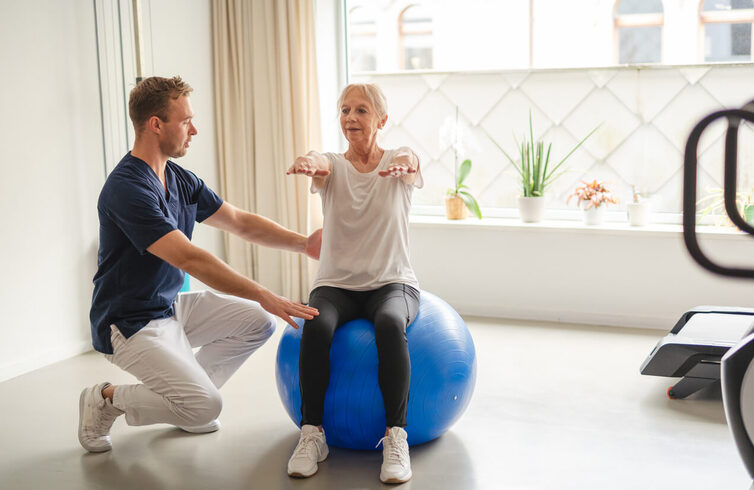Life After Diagnosis: How Movement Aids Cancer Recovery

Receiving a cancer diagnosis often marks the start of a challenging journey filled with medical jargon, treatment decisions, and significant physical and emotional hurdles. But what happens once treatment begins—or even after it ends? Increasingly, research highlights one crucial yet often overlooked form of support: movement.
Exercise might not be the first thing that springs to mind during cancer treatment, but growing evidence confirms its role as a cornerstone of recovery. When carefully tailored and professionally guided, movement can help individuals regain strength, boost energy, and restore a sense of independence. The outcome? Improved physical health, emotional resilience, and enhanced long-term wellbeing.
The Importance of Exercise in Cancer Recovery
Cancer and its treatments often bring a host of side effects, including fatigue, muscle loss, weight fluctuations, reduced bone density, and weakened immune function. Many also experience heightened anxiety, depression, or cognitive challenges. A well-designed exercise programme can address these issues in a safe, holistic, and personalised way.
According to Macmillan Cancer Support, those who remain physically active during and after treatment report fewer side effects, reduced fatigue, and a better quality of life. In some cases, regular movement may even lower the risk of cancer recurrence. However, this isn’t about returning to the gym as if nothing has changed—it’s about engaging in movement that respects the body’s new needs and limitations.
What Is Cancer Rehabilitation?
Cancer rehabilitation, also known as oncology exercise support, involves evidence-based physical activity programmes designed to help individuals manage the effects of cancer and its treatment. These programmes are typically led by qualified professionals, such as Clinical Exercise Physiologists, who specialise in adapting movement for complex medical conditions.
A personalised cancer rehabilitation plan might include:
- Gentle cardiovascular exercises to rebuild stamina
- Resistance training to counteract muscle loss and support bone health
- Balance and mobility exercises to reduce the risk of falls
- Breathing and relaxation techniques to promote mental wellbeing
All of this is done in close collaboration with the individual’s medical team, ensuring the programme complements their treatment and adapts to their changing needs.
If you’re considering cancer rehabilitation for yourself or a loved one, it’s …




